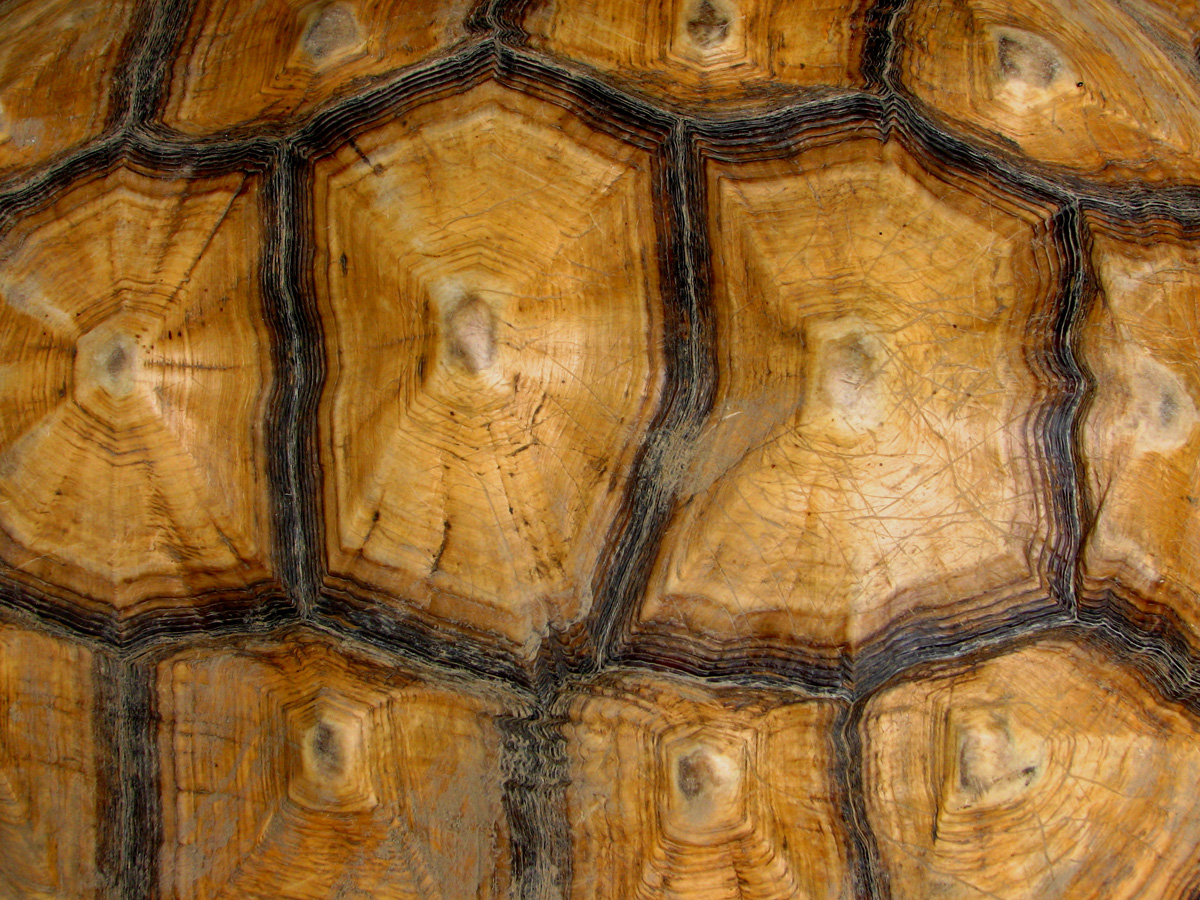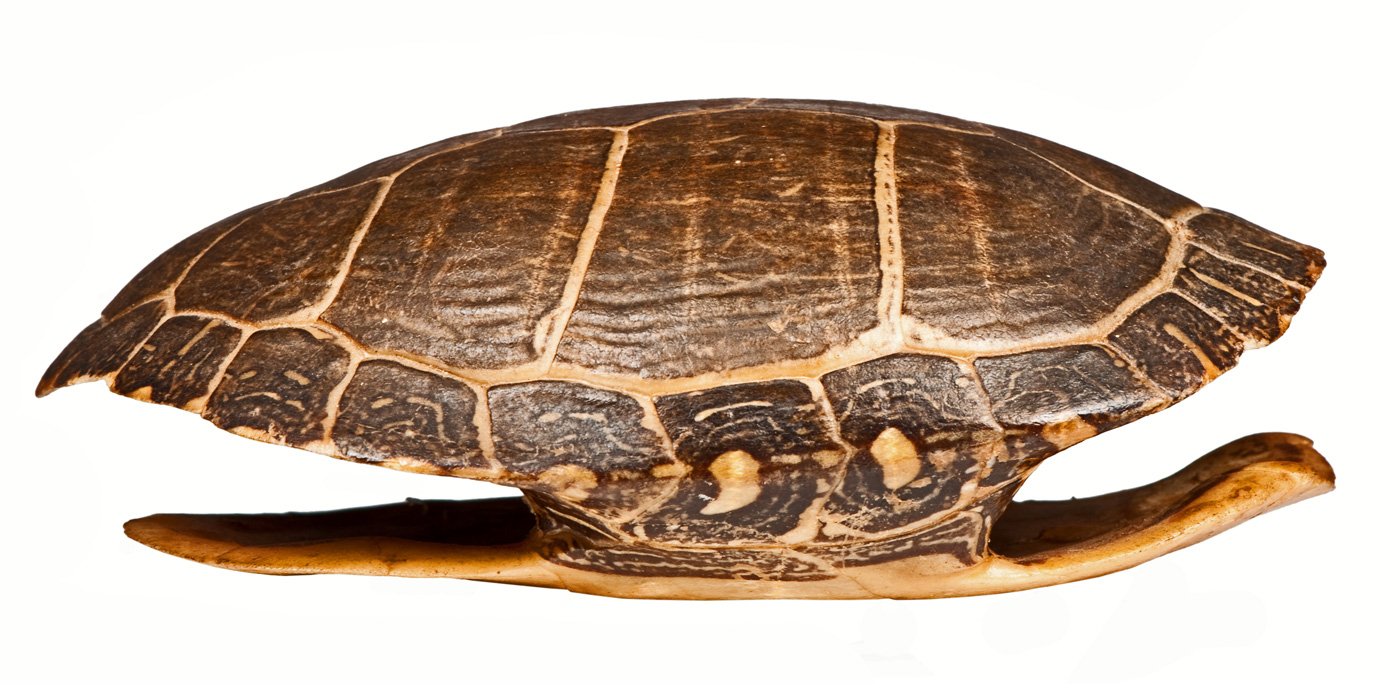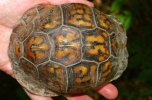Ornamental tortoise shell is obtained from the carapace or shield of the hawksbill turtle found in the Malay Archipelago, West Indies and Brazil. The colour is mottled and mainly a translucent yellow with brown mottling.
Generally thicker shells are used to make jewellery which is brown in color with white spots.






























Leave a Reply
You must be logged in to post a comment.